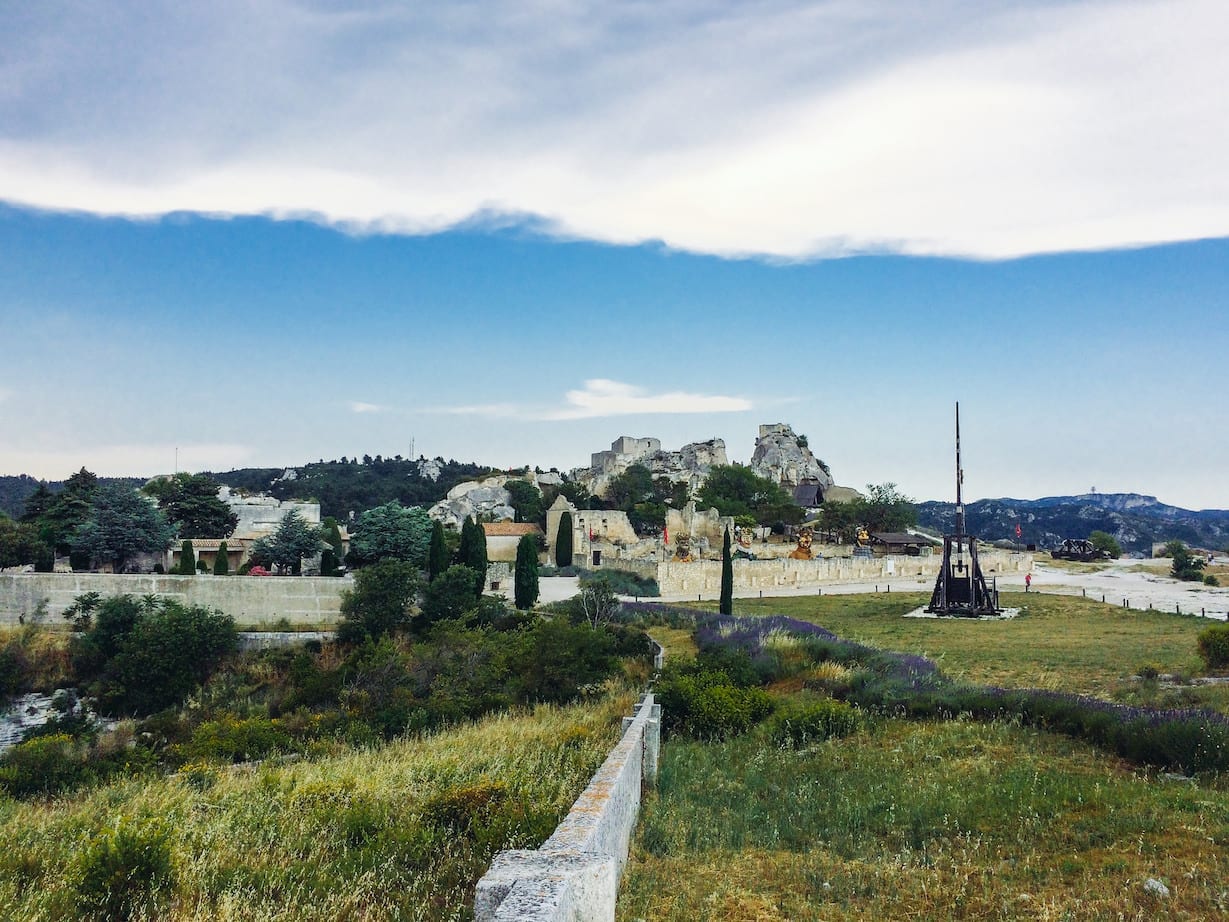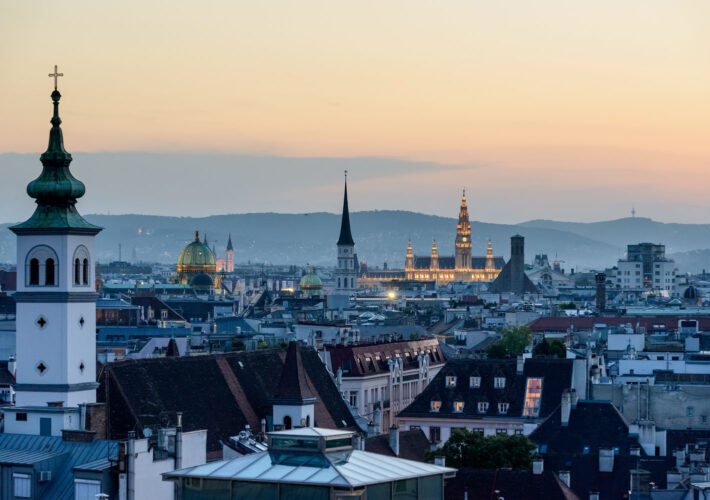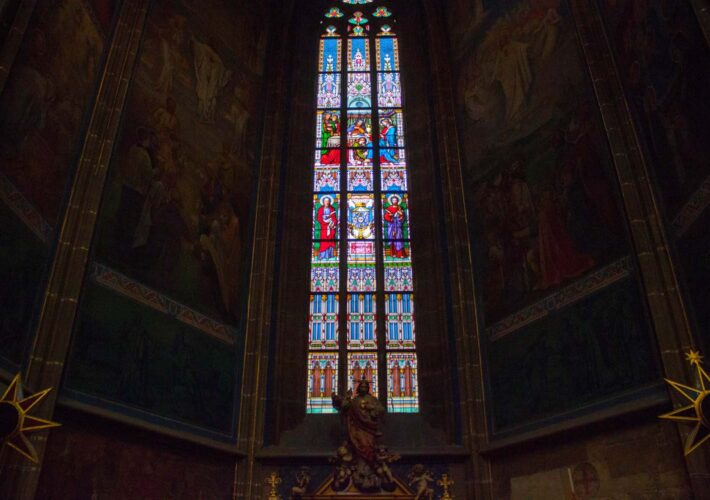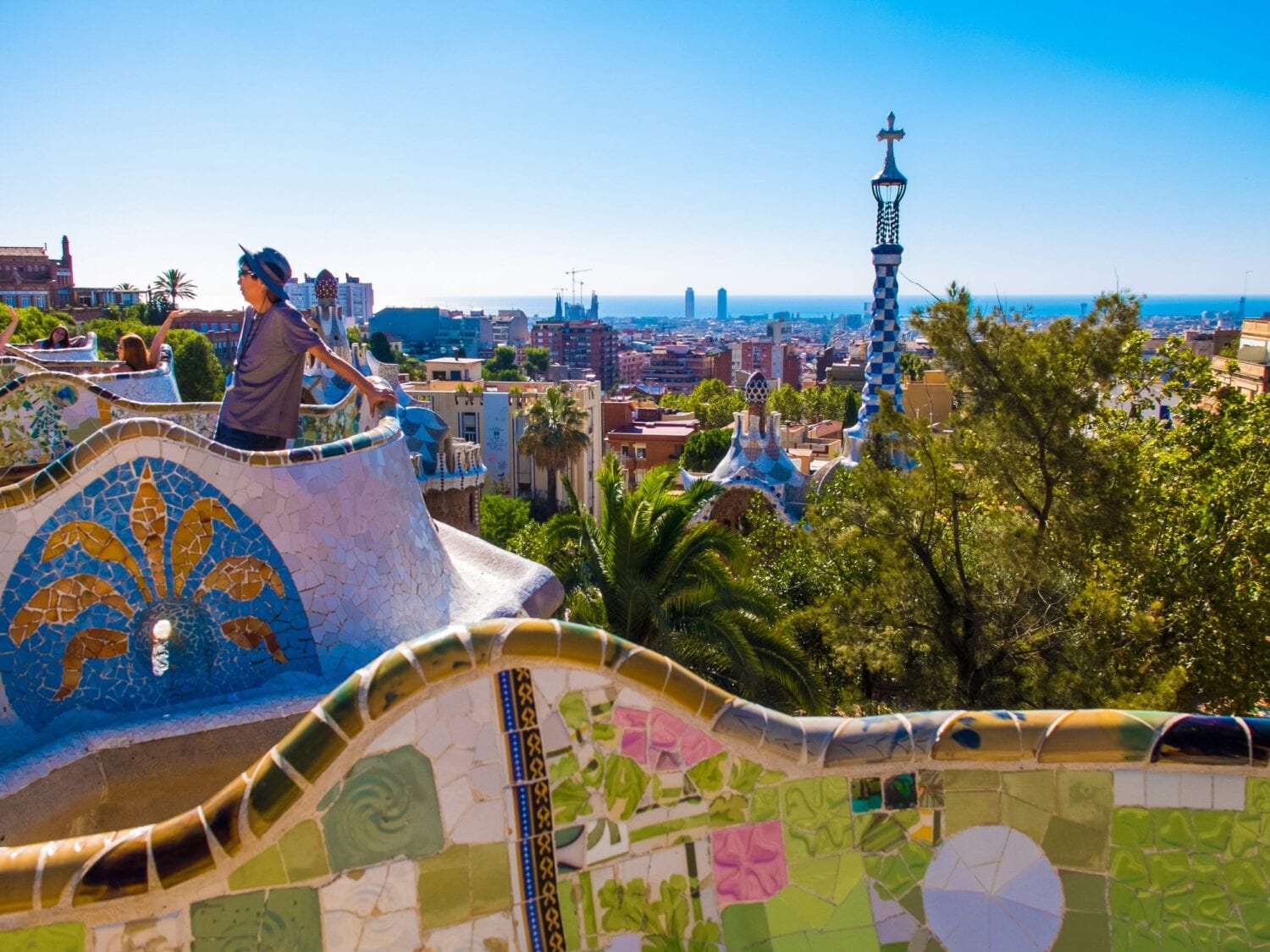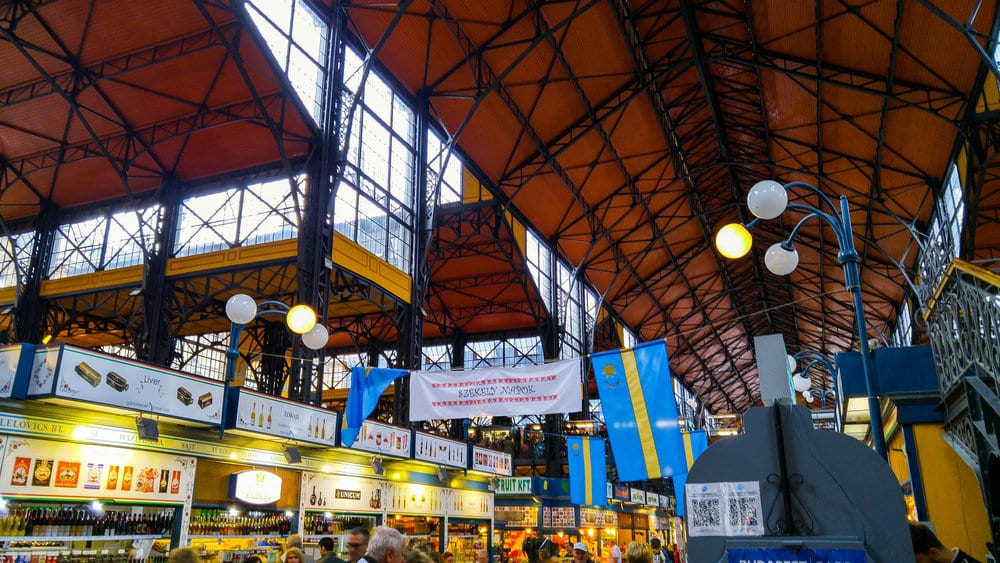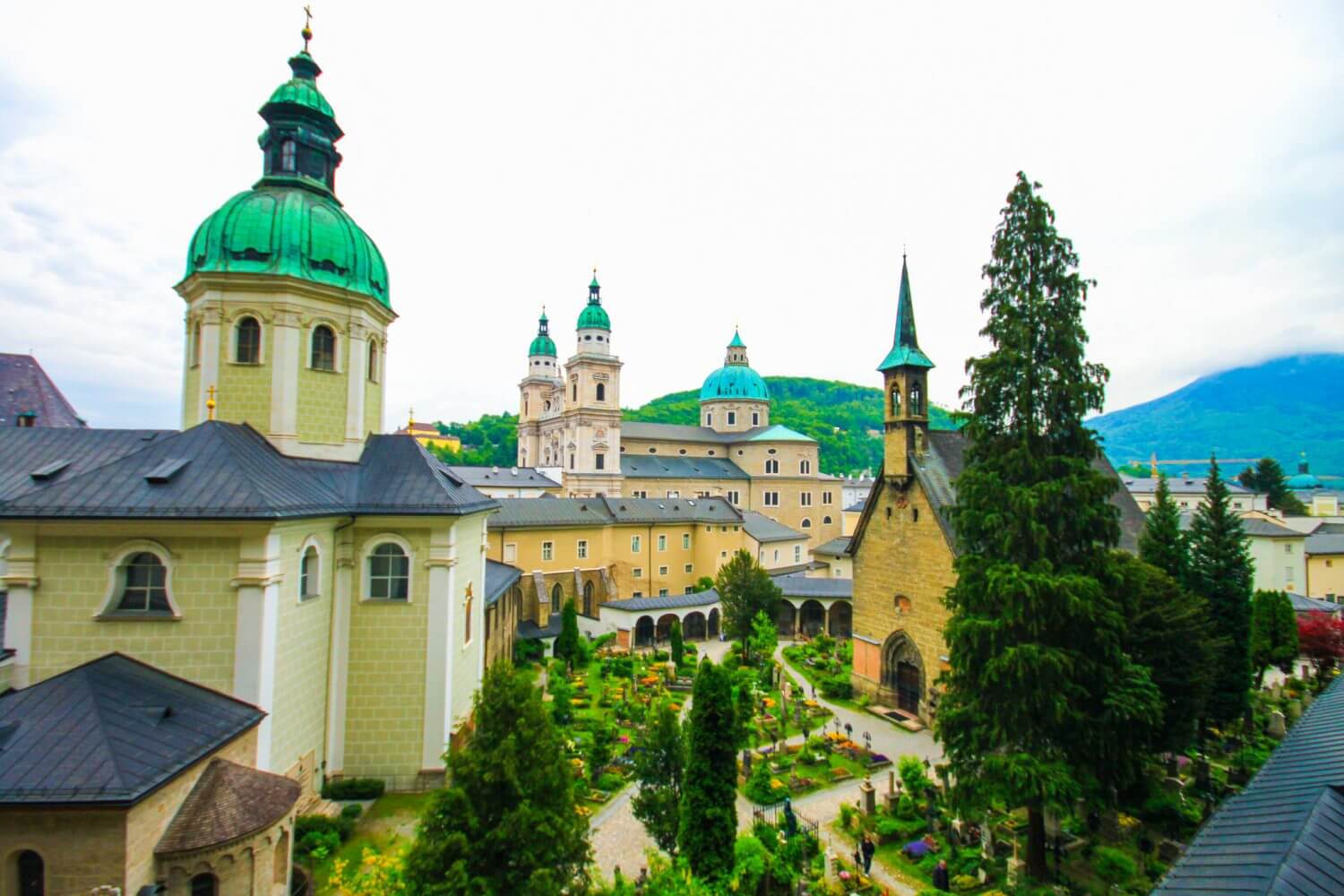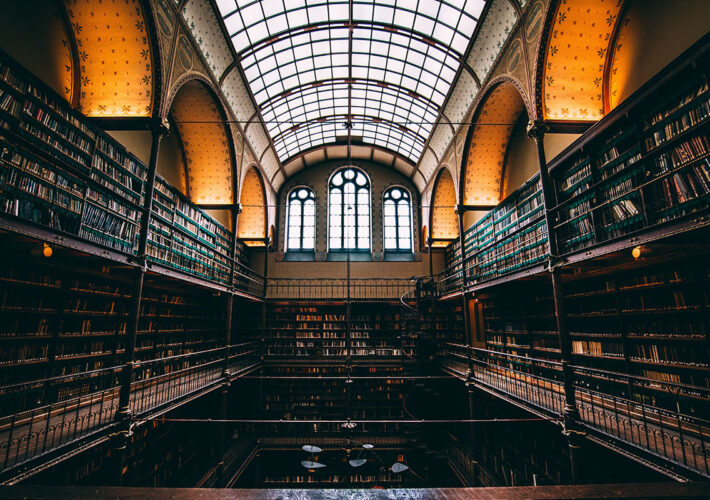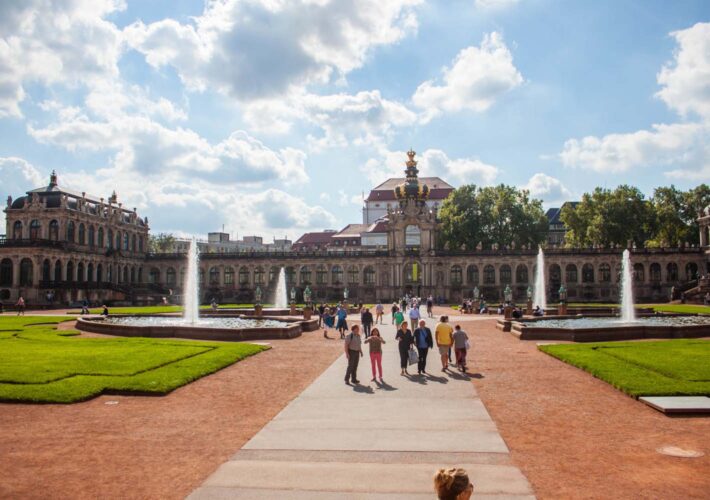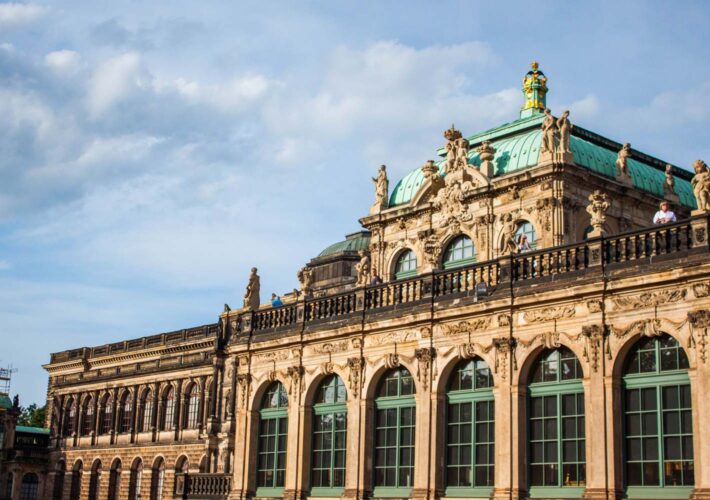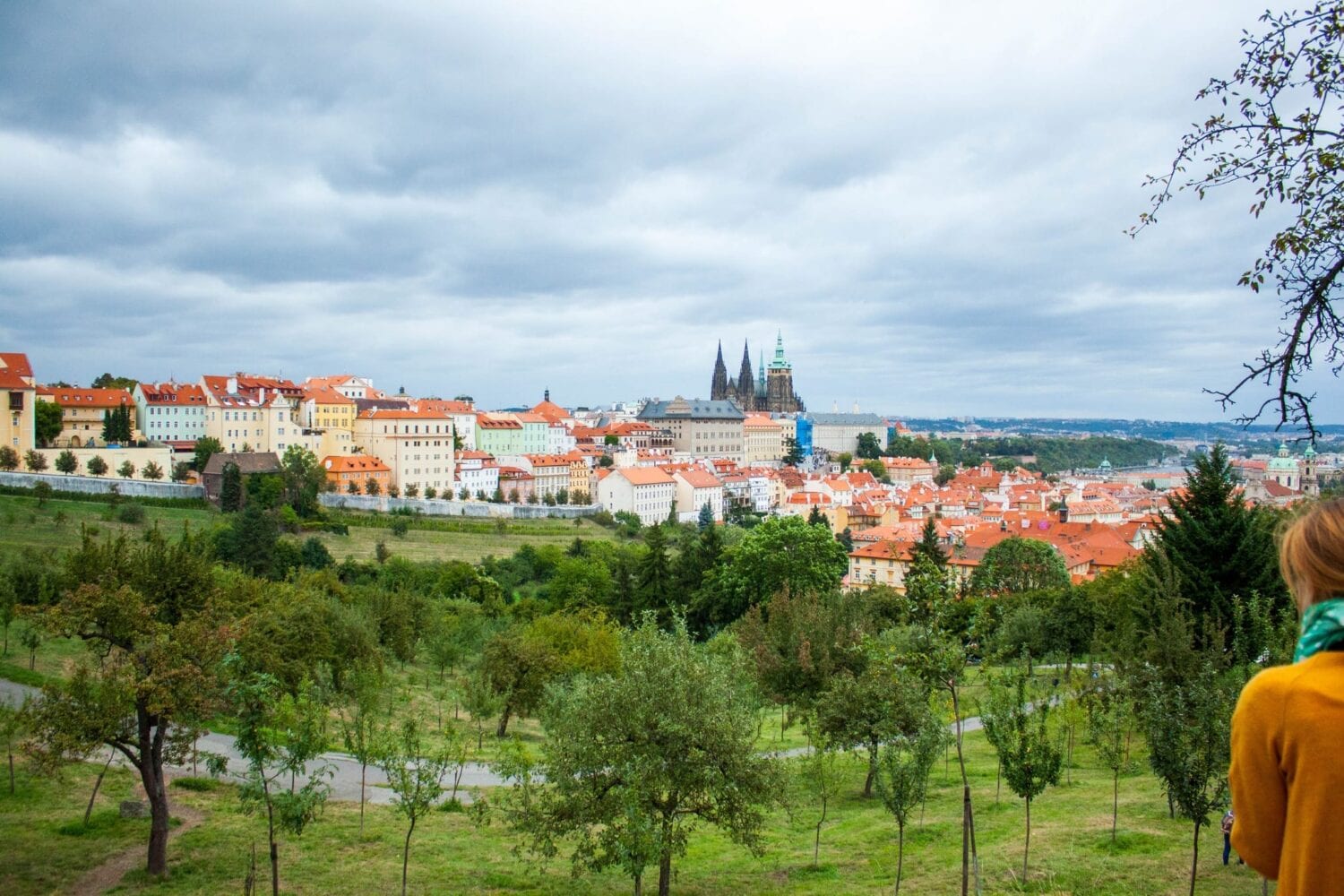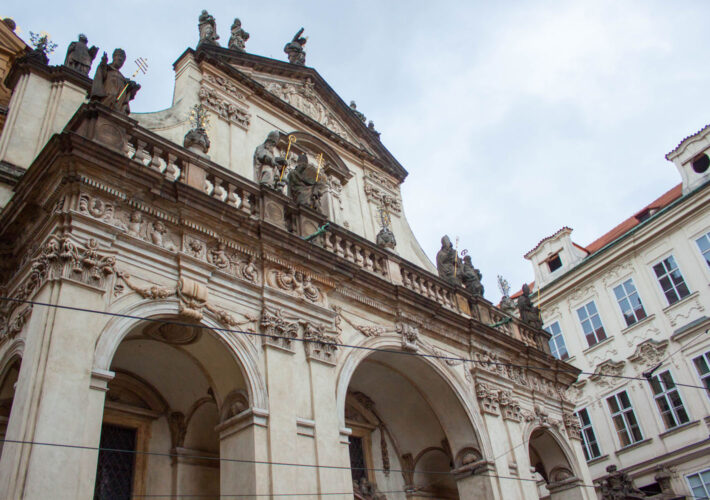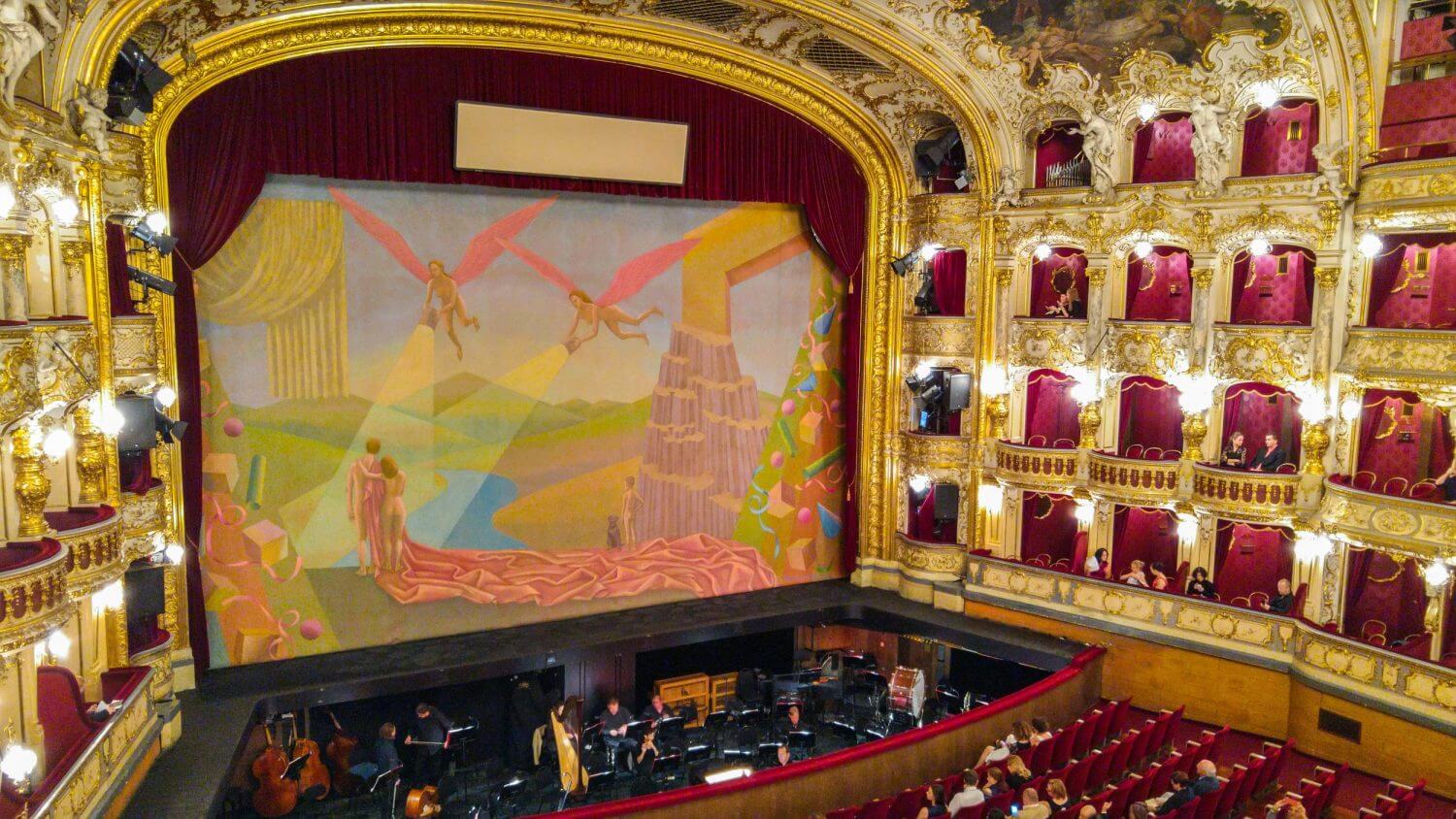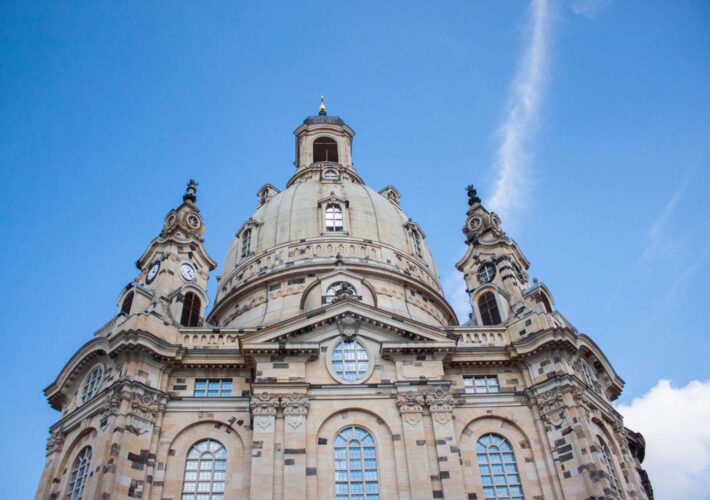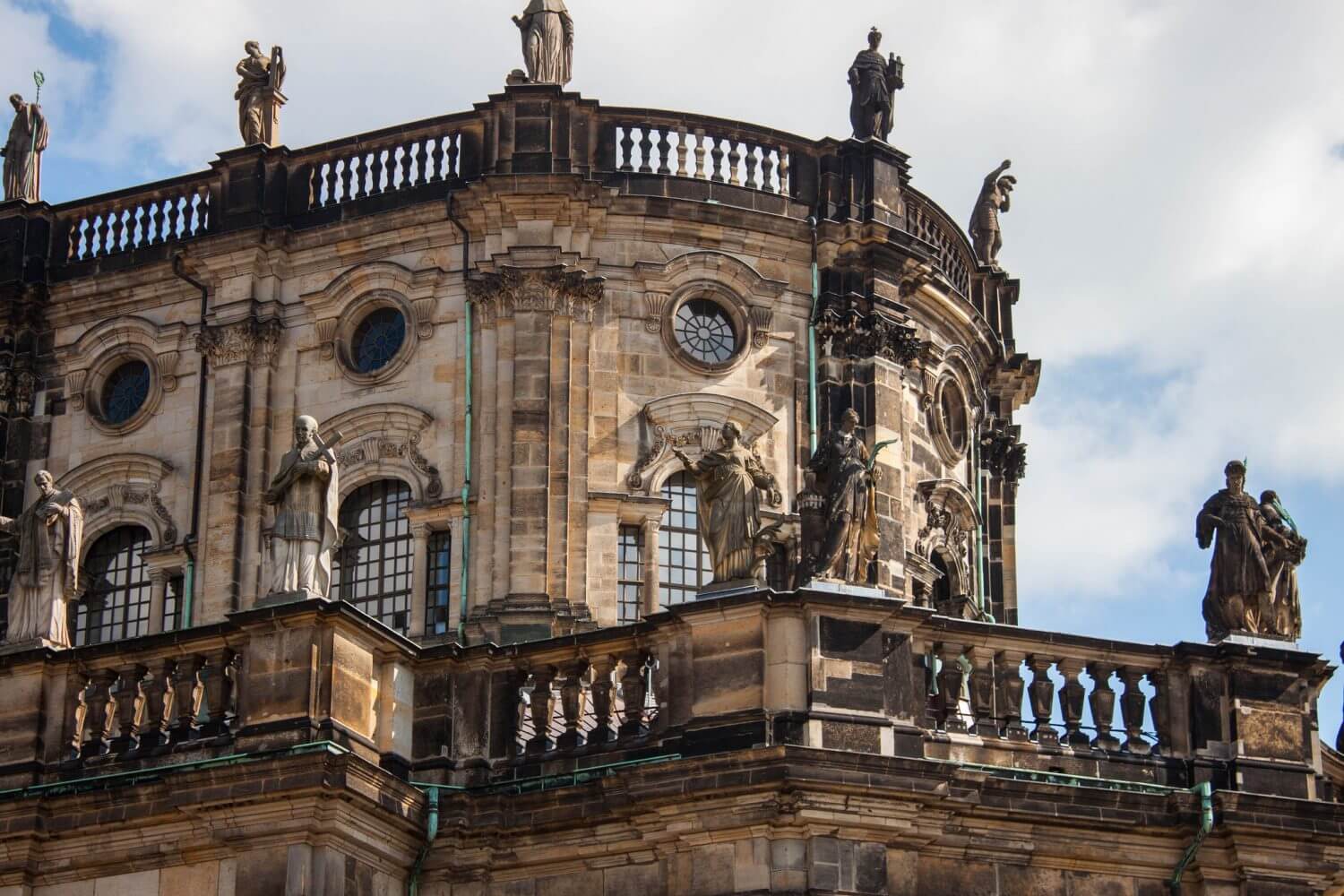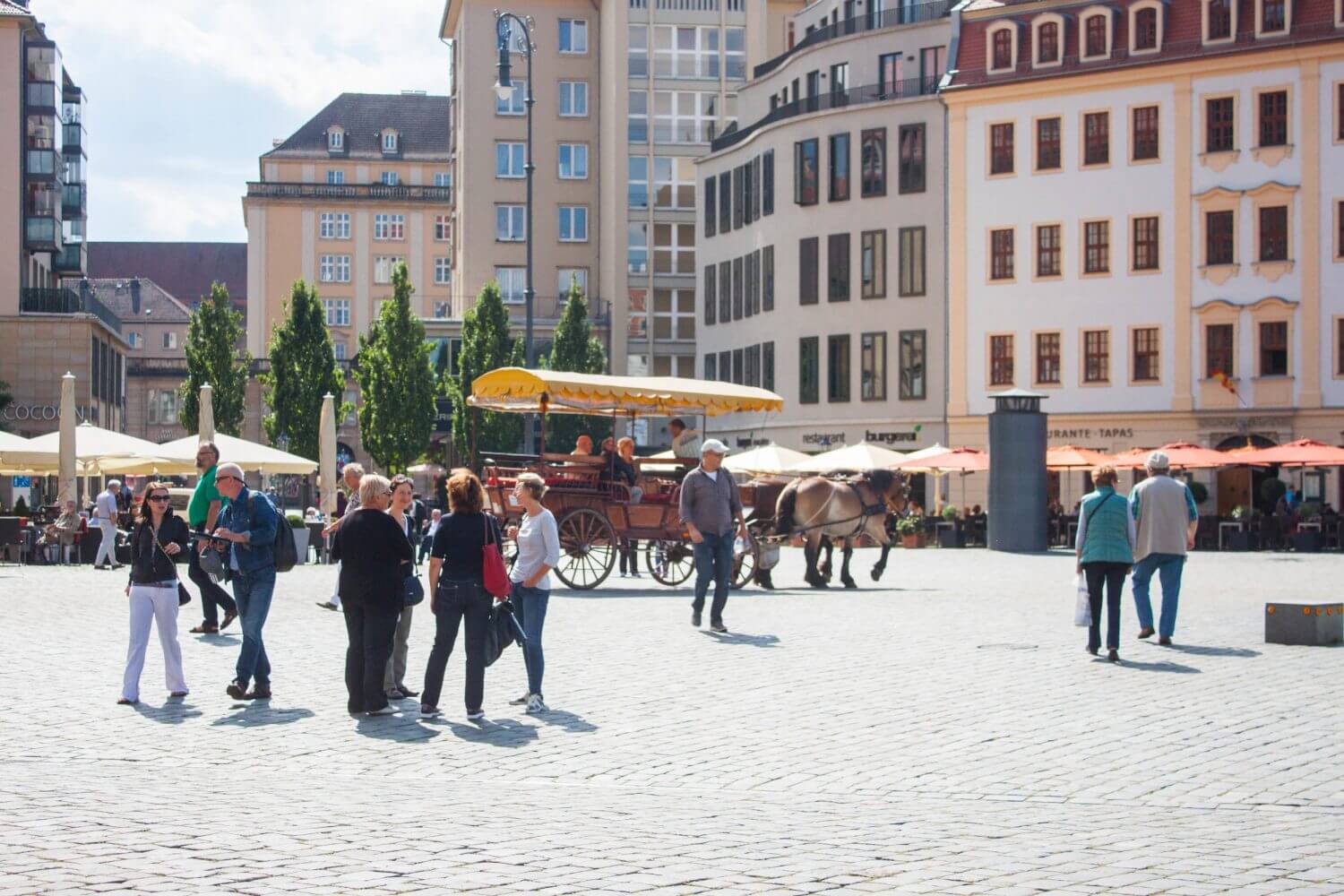Les Baux-de-Provence is situated at the top of the picturesque Alpilles mountains. It is less than an hour away from many of the major cities in Provence, making it an easy day trip, or even a great place to stay overnight on your way to your next destination.
Vienna is the capital and largest city in Austria, and as of 2001, the entire town was designated a UNESCO World Heritage Site. It has been named the “City of Music” or the “The City of Dreams” and for good reason. Vienna is home to some of the most interesting architectural masterpieces in Europe.
St. Vitus Cathedral is one of the most astonishing churches in the world, and as such is filled with some of the most incredible pieces of art from across Europe. The best piece of art can be seen all over the walls. The stained glass windows of St. Vitus Cathedral are some of the most transcendent works of art which blend religious history and powerful human emotion.
Park Guell is one of Antoni Gaudi’s most imaginative and symbolic work of art which thanks to a failed housing project is now open to the public as a city park. Hidden in the north of Barcelona his version of nirvana.
The Great Market Hall or “Nagyvásárcsarnok” is the largest and oldest indoor market in Budapest. Despite the dozens and dozens of tourists with their cameras out, this place is a favourite with locals and the best place to come to get fresh produce, Hungarian specialities, a quick meal or a sweet treat.
St. Peter’s Abbey and Cemetery is the oldest monastery in the German-speaking world and truly a place where time seems to stand still. Although the abbey itself is stunning, the most notable part of the church is its cemetery.
The Rijksmuseum is the Dutch National Museum dedicated to arts and history in Amsterdam. But tucked away inside, is the Netherlands Research Library. When we think “Research Library”, we are often met with thoughts of boring, stark architecture and dull, grey walls as far as the eye can see. But the Rijksmuseum’s Research Library is a creation all of its own.
The Zwinger is one of those historic buildings that is so seamlessly incorporated into the fabric of the city. Yes, it is also a very popular tourist destination, but the people who live and work here, don’t treat it with kid gloves. As if it’s something precious and should only be viewed from a distance. They luncheon here, bring their children to play and dash through the archways on their morning run.
Salzburg is not only a historical and picturesque, baroque utopia, but it was also the setting for the classic film The Sound of Music. Any place deemed charming enough to be the backdrop for such an extraordinary film is undoubtedly worth your time. Getting the chance to see the actual locations where this quintessential movie was made is a treat for cinema lovers as well as music aficionados.
The Gemäldegalerie Alte Meister (or Old Masters Gallery) is honestly the best art gallery I ever had the pleasure of visiting. It doesn’t feel too big nor too small. It’s like a grand old home that someone has decorated with exquisite pieces of arts — a stellar collection that’s lovingly curated.
One our first day in Prague we set out with our fantastic tour guide Barbora, from Prague Guides, who met us at our hotel and took us on a comprehensive tour of Prague from local’s perspective. Prague Guides were so affordable and gave you an intimate and personalised experience that is unmatchable.
Prague has some of the most beautiful libraries in the world, and although most of them are off-limits to the public, there are tours during certain times of the day which allow bibliophiles to soak up all the history and literary treasures that lie inside these old buildings.
The State Opera in Prague opened in 1888 was the New German Theatre. Although the outside of the building is rather drab, it is nothing compared to the incredible neo-renaissance decoration in the interior. The exterior of the building does feature decorations of busts of famous musicians such as Goethe, Mozart, Schiller as well as characters from mythology, always significant in Operas, such as Pegasus, Icarus, Cupid, Athena, Leda and others.
The Dresden Frauenkirche or Church of Our Lady in one of the grandest buildings in all of Europe, but it is its destruction, and reconstruction is to me, what makes this church stand out. The interior and overall design aren’t in my top ten but the story behind, literally, every stone, is one I will never forget.
This building was always critical to the Catholic people of Dresden. After Augustus the II converted to the Protestant church, his son, seeing that the large Catholic population of his country needed a place of prayer, commission the construction of this church in 1738. Although like the rest of Dresden, the building was almost destroyed in WWII, the valuables such as the organ and altar pieces were saved and reintroduced into the restored church to bring together the original and restored church. The new church is built to the specs of the original using photography and first-hand experience to get all the details just right.
One of the best places to grab a bite to eat, enjoy people watching while being surrounded by one of the most beautiful views in Dresden, is at the Dresden Neumarkt. The Neumarkt is the cultural centre of the Dresden historical district. This area was mostly entirely destroyed in WWII during the same bombing runs that destroyed the Dresden Frauenkirche. After the war, during the communist era, the surrounding buildings were rebuilt in the socialist, realist style. This was not a favourite of the German people and after reunification these buildings were demolished and the reconstruction of the Neumarket to restore it to its original architectural style got underway.

